People have eaten just about everything edible they could spot in the air, sea, and land. Food culture has always been diverse, although some contemporary chefs like to think that culinary creativity is new. However, some of them are really bizarre that you might end up wondering, why would they eat that? Seriously, it’s like looking into your great-grandmother’s recipe box and finding out very weird recipes.
Here are ten of the most unusual foods people ate throughout history.
The Toast Sandwich

The toast sandwich merits some notoriety for its sheer strangeness, although not being one of the most disgusting items on the list.
Like the name suggests, it is made of a buttered slice of toast with salt and pepper placed between two slices of untoasted bread. In 1861, Miss Beeton’s Book of Household Management was published, featuring a recipe for the toast sandwich. Variations include adding carrots, sardines, beans, or eggs.
Although some people eat it for dinner or lunch, the toast sandwich is more often associated with breakfast or snacking. A little bit of trivia: though everyone probably knows what this weird sandwich is, the subsequent need for one-handed food, along with John Montagu, the fourth earl of Sandwich, and his gambling problem, gave way to the creation of the original sandwich.
To this day, the cookbook is still in print and remains to be one of the most popular cookbooks ever sold. Britain’s Royal Society of Chemistry hosted a toast sandwich banquet and named the dish Britain’s cheapest meal. Four years later after the banquet was held, the meal still holds the same title.
So
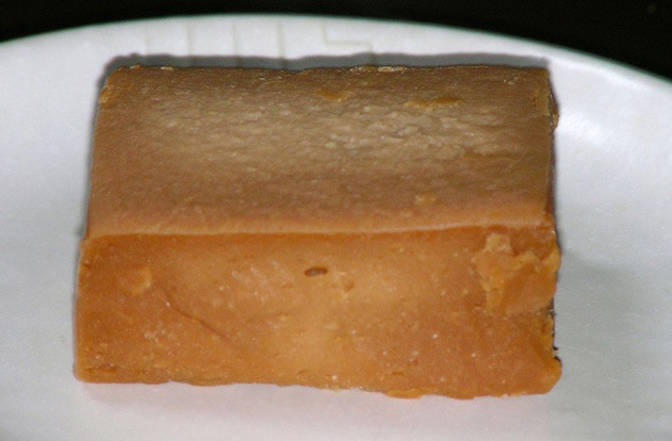
So was created between the eighth and the fourteenth centuries in Japan usually for the individuals in the noble classes. The food wasn’t considered as a staple for nourishment, but it was regarded as a status symbol for the noble classes.
The dish is truly a dairy specialty. It’s so special that it is the only dairy dish known in Japanese history. It is truly a rare kind of Japanese cuisine.
Records show how it was created but not how it tasted. It probably tasted a little like yogurt but extremely sour, thin, and concentrated. Because pasteurization or refrigeration wasn’t yet discovered at the time. the process of creating the food was originally meant for preserving milk so it would last longer.
During the ancient times in Japan, cattle were raised for pulling carts or plowing. They were never bred for milk and meat. The dish died out, however, along with the dying of the aristocracy.
Stuffed Dormice

Some people might picture a dormouse as a character in the film Alice in Wonderland or a sleepy little hamster. However, others have actually treated them as a source of food. The Romans raised them in jar called glirarium, a special terracotta jar. Did the Romans keep them as pet? Unfortunately, they didn’t. Dormice were roasted as a special delicacy in ancient Rome, and they raised dormice to keep the supply sufficient.
The jars had little staircases for the dormice, air holes, and places for them to deposit food. The dormice hibernates for the entire winter in the wild. The dormice were fattened by keeping the glirarium dark, which made the dormice hibernate all year.
Eventually, eating dormice was prohibited. However, dormice were still being hunted for dinner by the Romans. The dormice were usually served as an appetizer. But there were cases when the dormice would be stuffed with nuts and roasted with honey and spices, when they were really fat.
In some parts of Croatia and Slovenia, wild dormice are considered a delicacy and are still eaten and hunted today.
Vinegar Pie

Who would’ve thought that you can make a pie with vinegar! You didn’t know that, did you? It seems that making lemonade when life gives you lemons has been taken to a whole new level.
This unusual food probably originated in the Deep South, and it dates back to at least the mid-1800s, though no one knows exactly where or who first made a vinegar-flavored pie. It uses cornmeal as an ingredient, making it closely related to chess pie. Aside from being known as vinegar pie, it’s also nicknamed “the poor man’s lemon pie.” Due to the fact that it was cheaper than lemon or fruit juice, people think that that was when thrifty cooks first started to use apple cider vinegar as a flavoring.
In recent years, vinegar pie is slowly making a comeback, with some restaurants serving upscale versions with flavored balsamic vinegar. However, American cooking features a wide variety of both savory and sweet pie.
Roasted Heron

Around 1390, The Forme of Cury was written, one of the first cookbooks published in English. Cury was the English counterpart of the word “cooking”. The book contained a wide variety of animals in its 196 recipes, some of which are quite typical like chicken and white cake. It also had recipes for porpoises, whales, seals, cranes, and herons. Yes, you read it right, herons.
The cookbook is notable for being the first English cookbook to incorporate techniques from other cultures, basically inventing fusion cooking. Given the huge variety of rare, rich ingredients, people thought it was the royal entourage of cooks, but nobody knew for certain who wrote the cookbook. They worked with whatever fowl or fish was brought to them, trying to make food as good as possible for the king’s table, similar to what reality show contestants do.
The Forme of Cury cookbook advises you to pluck and roast the heron whole, then wrap it in ginger and bacon. You might also need quite a few if you’re planning on making a whole royal feast because an adult heron only weighs about two kilograms.
[dfp1]
Fish Bladder Jelly
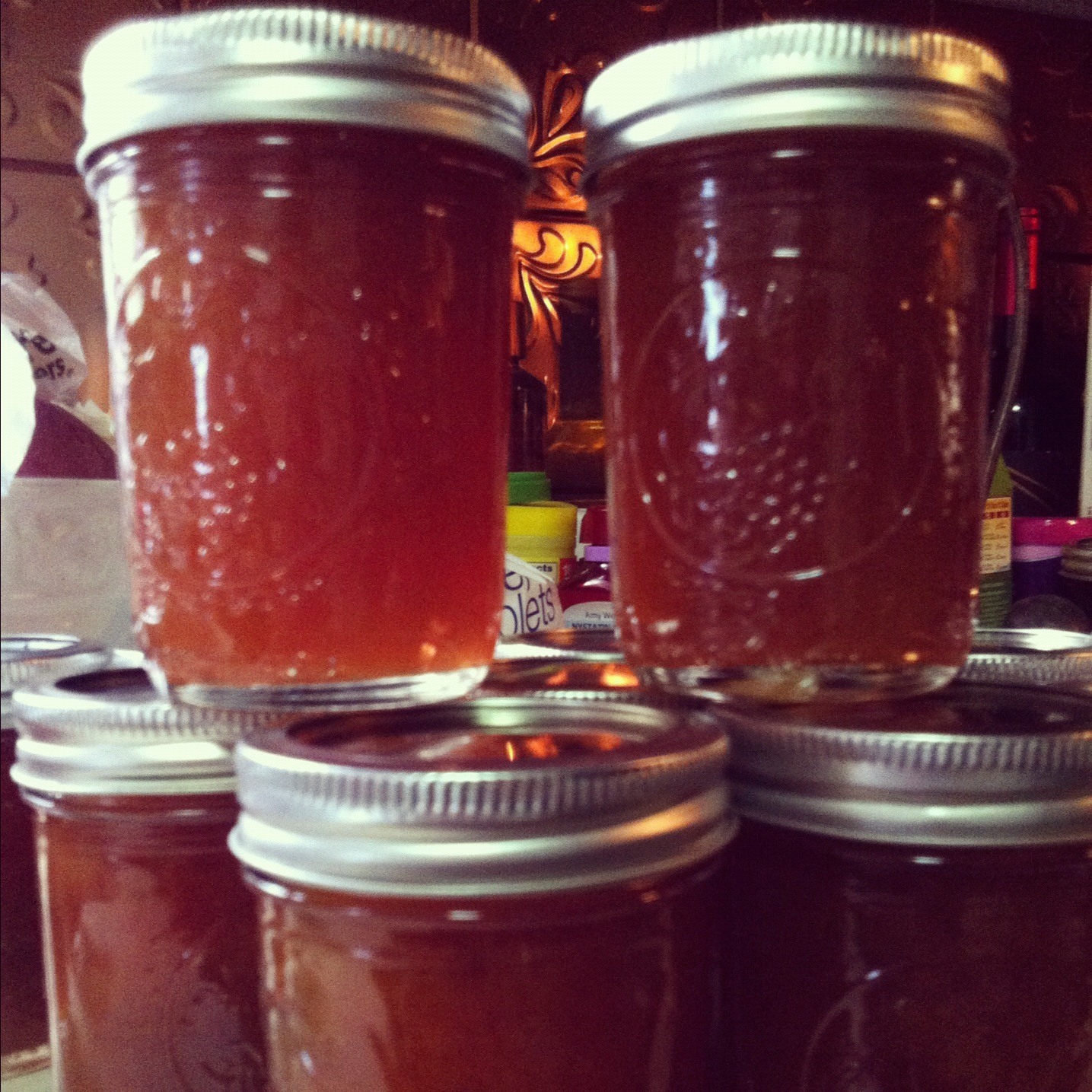
During their era, the Victorians contributed a lot of things to the world such as plumbing, however, little was known about their culinary achievements like how they made a sweet jelly dessert using the bladder of the sturgeon fish.
Isinglass, originally an ingredient in glue but gained popularity in England as a foodstuff in the late eighteenth century, is the main ingredient. It is the one that is being isolated from the bladder during the process. Isinglass acts like pectin or gelatin to make the liquid thick by congealing it. Victorians boiled down filtered isinglass with lemon juice, sugar, fruit, and water to make the sugary jellies.
Our ancestors had always been known for doing a lot more just to satisfy a sweet tooth. So even though the process took a lot of labor and was very time-consuming, they didn’t mind. It is still being utilized to make some wines and beers, including Guinness beer, to this day.
Ambergris
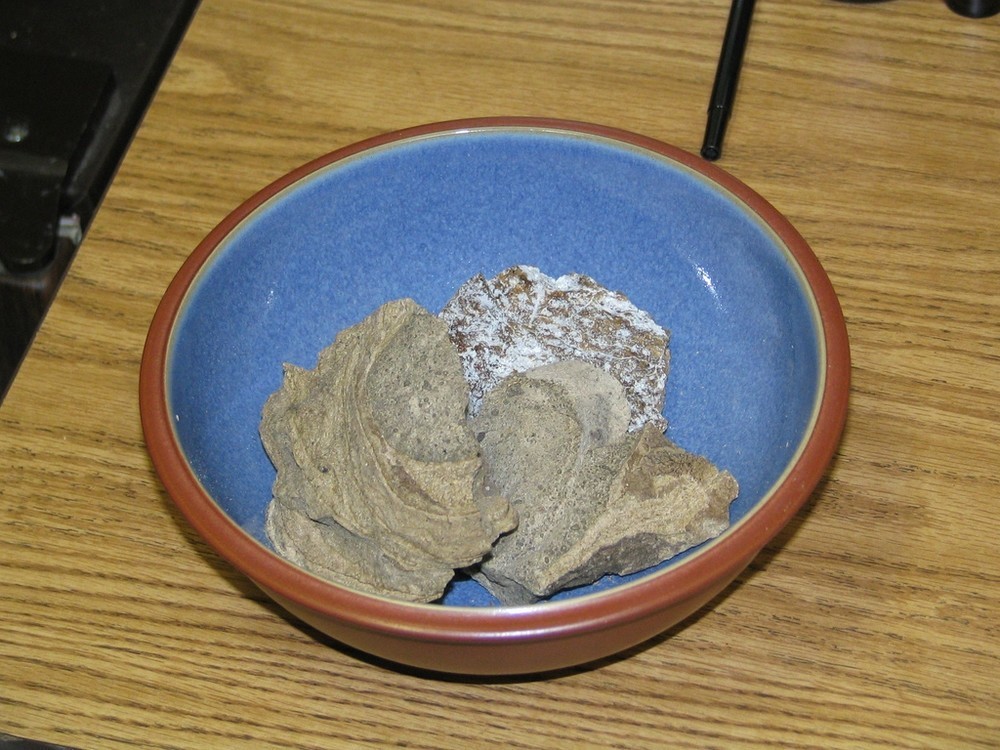
Chunks of ambergris found washed up on shores were believed to be dragon saliva in ancient China, but in reality, it is an intestinal secretion that comes from sperm whales. It forms when whales try to digest difficult, solid substances (such as squid beaks). The mixture of fat and bile then passes through the whale, somewhat similar to how a gallstone might. The ambergris becomes waxy and hard as it floats on the ocean’s surface.
In the past, ambergris was eaten in many different traditions. The French put it in hot chocolate, while some people claim that Casanova used it as an aphrodisiac. In ancient Persia, it was served with lemon sherbet. Today, the powerful, musky scent of ambergris makes it a key ingredient in many perfumes, including the famous Chanel N°5.
Ambergris is rare today and is even illegal in America, with the decline of sperm whale population. However, if you happen to stumble upon one, the flavor is quite unforgettable, devotees say.
Jell-O Salad
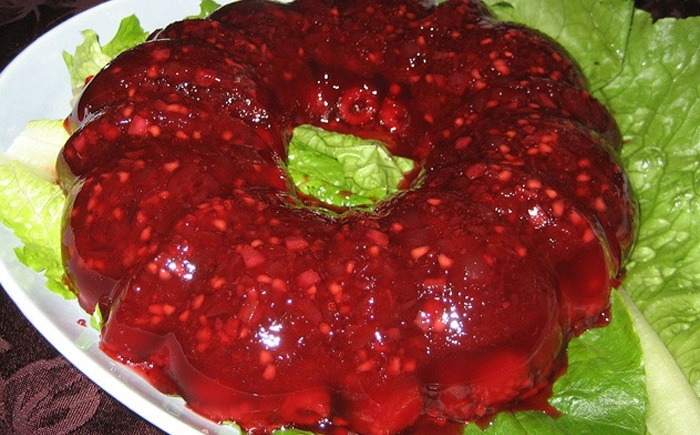
Although people have been encasing foods in aspic or gelatin since at least the 1600s, in the 1950s and 1960s, a Jell-O craze raised the bars. Magazines published recipes for congealed salads with ingredients like meats, vegetables, shrimp, and rutabaga. Often served in an attractive mold, the fifties’ packaged convenience foods were a hit that it led to the popular gelatin salad.
The Jell-O salad was seen as a new and exciting way for families to eat their vegetables. One serving suggestion depicts a healthy (and horrifying) topping of mayonnaise. Canned, powdered, and packaged food were making important technological advances. For the first time, people had mixes for food that they had always made from scratch.
The Jell-O company released tomato- and cucumber-flavored mixes, which unfortunately didn’t last long on the market.
Black Iguana Eggs
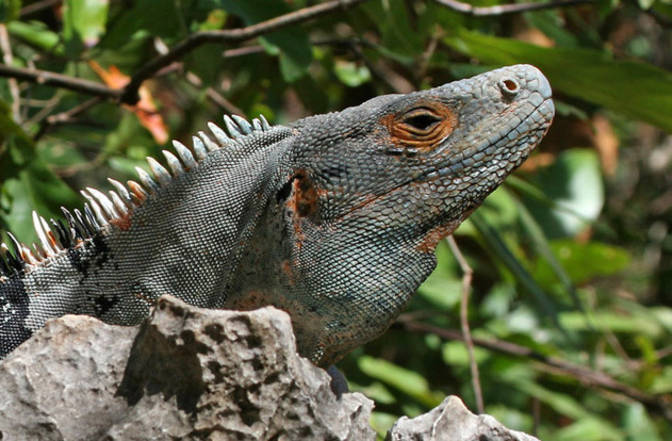
Most of the time, we think of an animal with feathers when we think about an edible source of egg. But if you think reptiles could be an amazing ingredient too, you wouldn’t be called wrong. In the Mayan culture, iguanas were farmed for their rich, all-yolk eggs, despite having an appearance that makes it seem inedible due to its leathery, rough exterior.
The Mayans domesticated bees, insects, and plants but had no large mammals for protein sources. The first Europeans to make contact with the Mayans even described their eating habits as being like Lent for they ate so little meat.
The black iguana was an ideal provision for the trip back home because it spends less time in the water than the green iguana, and it is possible to keep one alive for a long time without food or water. The taste of the black iguana egg will probably stay in the past because farming and hunting iguanas are illegal in many parts of South and Central America today.
Muktuk
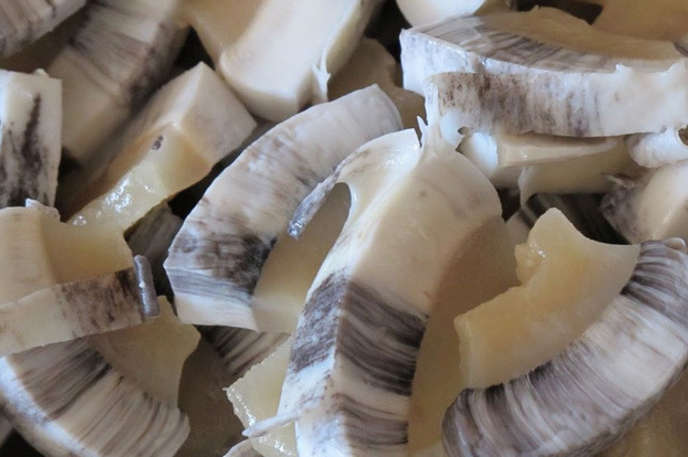
Muktuk is a dish made from whale skin with the layer of blubber attached. Next to the narwhal and the beluga, the skin of the bowhead whale is considered the most delicious. The flavor of the whale fat is defined as nutty, with the skin a little rubbery. It can be eaten in a variety of ways: pickled, fried, salted, or fresh. You might be wondering, why do they have such a diet? That’s because the ocean is the source of most food for the people living in the Arctic. Traditionally, people fish year-round, with seasonal whale and seal hunts.
A lot of Arctic cultures have their own traditional ways of consuming muktuk, including aboriginal Canadians, Siberians, Alaskans, and Greenlanders. However, in recent years, the food has all but died out because of generational taste changes and concerns about ocean toxins, which can be concentrated in marine life. Before, the food played an important role in traditional diets, since muktuk contains a huge amount of vitamin C, which prevents illnesses like scurvy.


